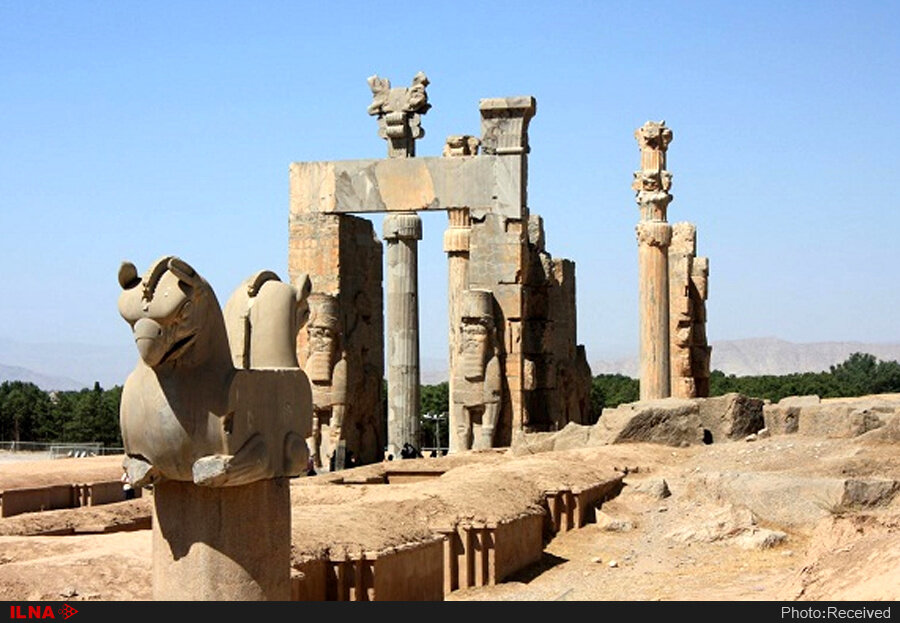No harm to Fars historical sites by quake

TEHRAN – No [noticeable] damage has been reported to cultural heritage sites across Fars province as the result of the medium-sized quake hit southwest Iran late on February 17, the provincial tourism chief has said.
The earthquake with a magnitude of 5.6 shook southwest Iran near the town of Sisakht of Kohgiluyeh and Boyer-Ahmad province with at least 44 people injured, Iranian media reported.
The quake, which caused substantial seismic waves, was felt in the surrounding provinces including Fars. State news agency IRNA said the temblor struck at a depth of 10 kilometers at around 10 p.m. local time.
“The four counties of Eqlid, Abadeh, Sepidan, and Mamasani are adjacent to the provinces of Kohgiluyeh and Boyer-Ahmad, and Isfahan, where the earthquake was felt.”
Iran sits on top of major tectonic plates and experiences frequent seismic activity. A 7.3-magnitude quake in the western province of Kermanshah killed 620 people in November 2017.
In 2003, a 6.6-magnitude quake destroyed the ancient mud-brick city of Bam in the southeast Kerman province, killing at least 31,000 people.
Iran's deadliest was a 7.4-magnitude quake in 1990 that killed 40,000 people, injured 300,000 others, and left half a million homeless across the northern town of Rudbar.
The ancient region of Fars, also spelled Pars, or Persis, was the heart of the Achaemenian Empire (ca. 550–330 BC), which was founded by Cyrus the Great and had its capital at Pasargadae. Darius I the Great moved the capital to nearby Persepolis in the late 6th or early 5th century BC.
Its capital city, Shiraz, is home to some of the country’s most magnificent buildings and sights. Increasingly, it draws more and more foreign and domestic sightseers flocking into this provincial capital which was the literary capital of Persia during the Zand dynasty from 1751 to 1794.
AFM/
Leave a Comment